Instant Apps for engagement: collecting and managing public feedback – part 2
Welcome to Part 2 of Instant Apps for engagement: collecting and managing public feedback. Here we will configure an internal facing web map and the Manager Instant App so the reviewer can approve submitted records for public viewing and provide the option to respond to the public. You can reference the diagram at the end of the blog to better understand the internal and public components of the workflow.
Step 1: Setup your web map
Using the same map in part 1 of the blog, create a copy of the web map you used for the reporter app and set the sharing level to private or organization level. This copy of the map will be used internally to approve and edit public submissions.
For the feedback layer, I’ve used only two fields in the form. One to allow the reviewer to determine if the feedback should be approved or not approved, the other is to indicate if the submitter has been contacted. See the image below for reference.
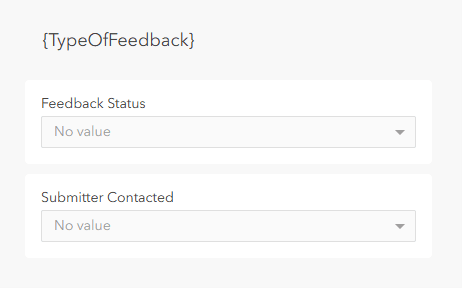
Example of form design
On the internal feedback layer, I’ve used arcade as an attribute expression to create an email prompt. Included is the feedback, an email address and the date the feedback was submitted. The arcade expression gives the reviewer the opportunity to contact the submitter using an email template that includes details from the submission. Use the Arcade below and create a new attribute expression.
Arcade:
var feedback = $feature.Feedback;
var email = $feature.FollowUpEmail;
var submitteddate = Text($feature.SubmittedOn, 'YYYY-MM-DD');
if (IsEmpty(email)) {
- - return null;
} else {
- - return "mailto:" + email +
- - - - "?subject=Response from the District for submission on " + submitteddate +
- - - - "&body=Hello,%0A%0AWe are replying to your feedback:%0A%0A" + "'"+feedback +"'"+ -"%0A%0APlease see the response below: %0A%0A Thank you, %0A%0A The District";
}
Now that I have my attribute expression, I can include this in the popup as clickable text.

Select the Attribute Expressions, create a new expression, use the arcade above
You will need to link the attribute expression to the plain text “Send Email for Follow-up”

Example of linking text
Step 2: Configuring the Manager
Below are the settings I’ve used to configure the manager instant app.
Select a Map:
-
Choose the map from Step 1 that has your edit enabled feedback layer for data collection.
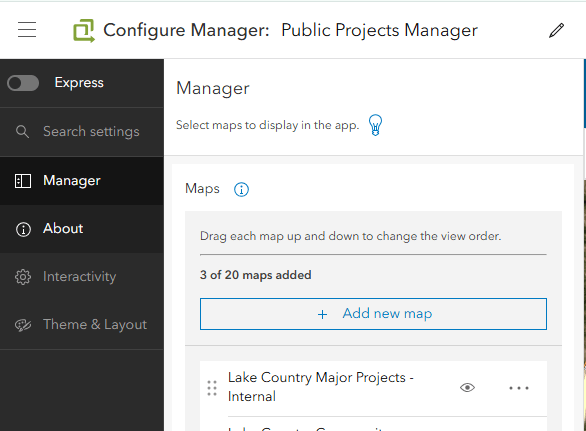
Select your map
Interactivity:
With the map selected, choose the fields that the reviewer will have access to. In this case, I selected the Public Feedback layer and the Feedback comments table.

Layer selection
Selecting the “Field” option will allow you to determine which fields will display in the manager when the reviewer has the layer selected. The fields I enabled are: SubmittedOn, FollowUp, SubmitterContacted, TypeOfFeedback, FeedBack, Likes and Dislikes.
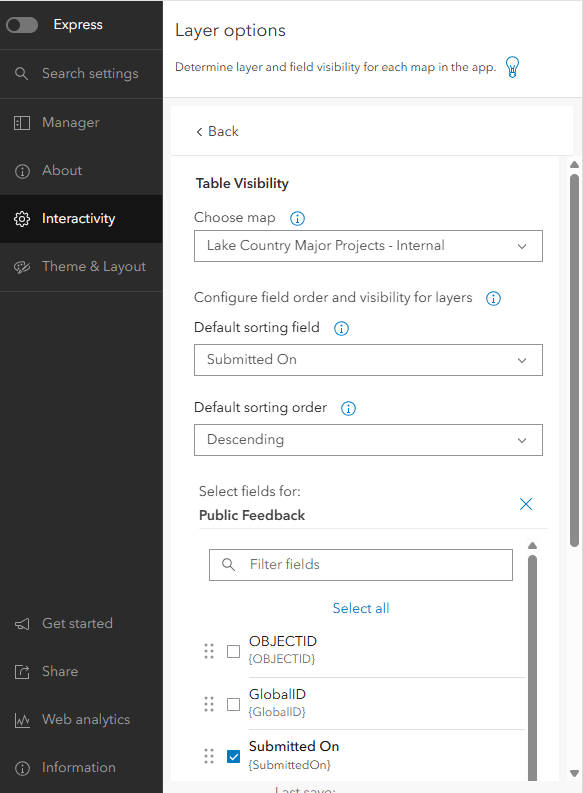
Field selection
In the Modify pane under the Interactivity tab, you will need to change the Feature Selection setting to Multiple. This will allow the reviewer to select and edit multiple records at once.
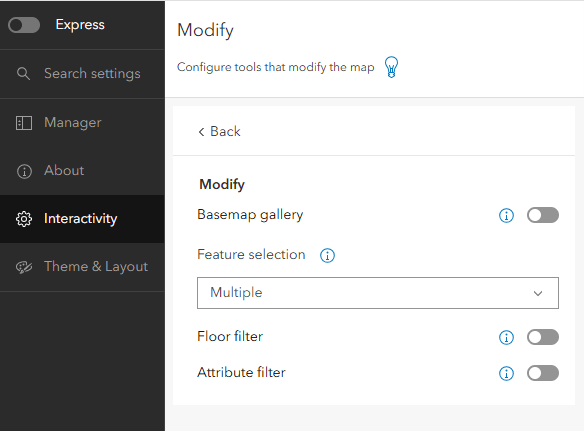
Feature selection setting
The About and Theme & Layout tabs
Similar to the reporter Instant App, these tabs are built to help you customize the look and feel of the instant app. You can customize and branding, introductory text, logos, etc.
Note: This workflow can be duplicated for multiple projects. The Manager instant app can be configured to use up to 20 different web maps.
With the web map set, the Manager configured, it is now ready for the reviewer to work with the application. By selecting record(s) in the application the review can:
- Set feedback to approved or not approved individually or by selecting multiples. This determines what feedback is visible on the public report app from part 1.
- Respond to submitters via the email popup link and mark the submitter as contacted.
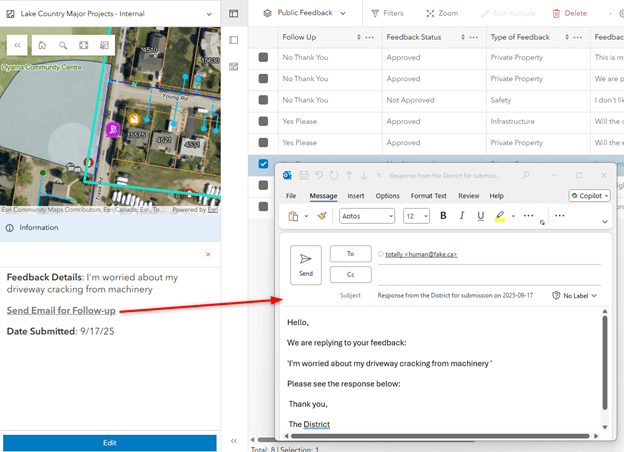
Example of the email prompt
Let’s review the deployment of Report and Manager.
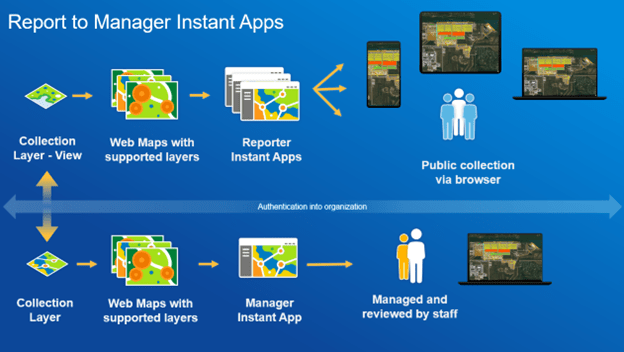
Overview of Report and Manager deployment
Public facing (upper portion of diagram):
- Public view of the Feedback layer is used to collect data.
- Web Map is configured to use forms and templates, along with a filter on the feedback layer to hide Not Approved records.
- Reporter Instant App is shared with the public for collection, voting and commenting.
Internal facing (lower portion of diagram):
- The source feedback layer is kept internally.
- Web Map is configured to use forms along with the arcade email popup.
- Manager Instant App is used to approve feedback and contact submitters.
Using this repeatable workflow, you can use the same layer, manager app and arcade logic across multiple projects. Whether the project is about community outreach, collaboration on a construction project, reporting hazards, etc. The framework and workflow can be applied to whatever the need.